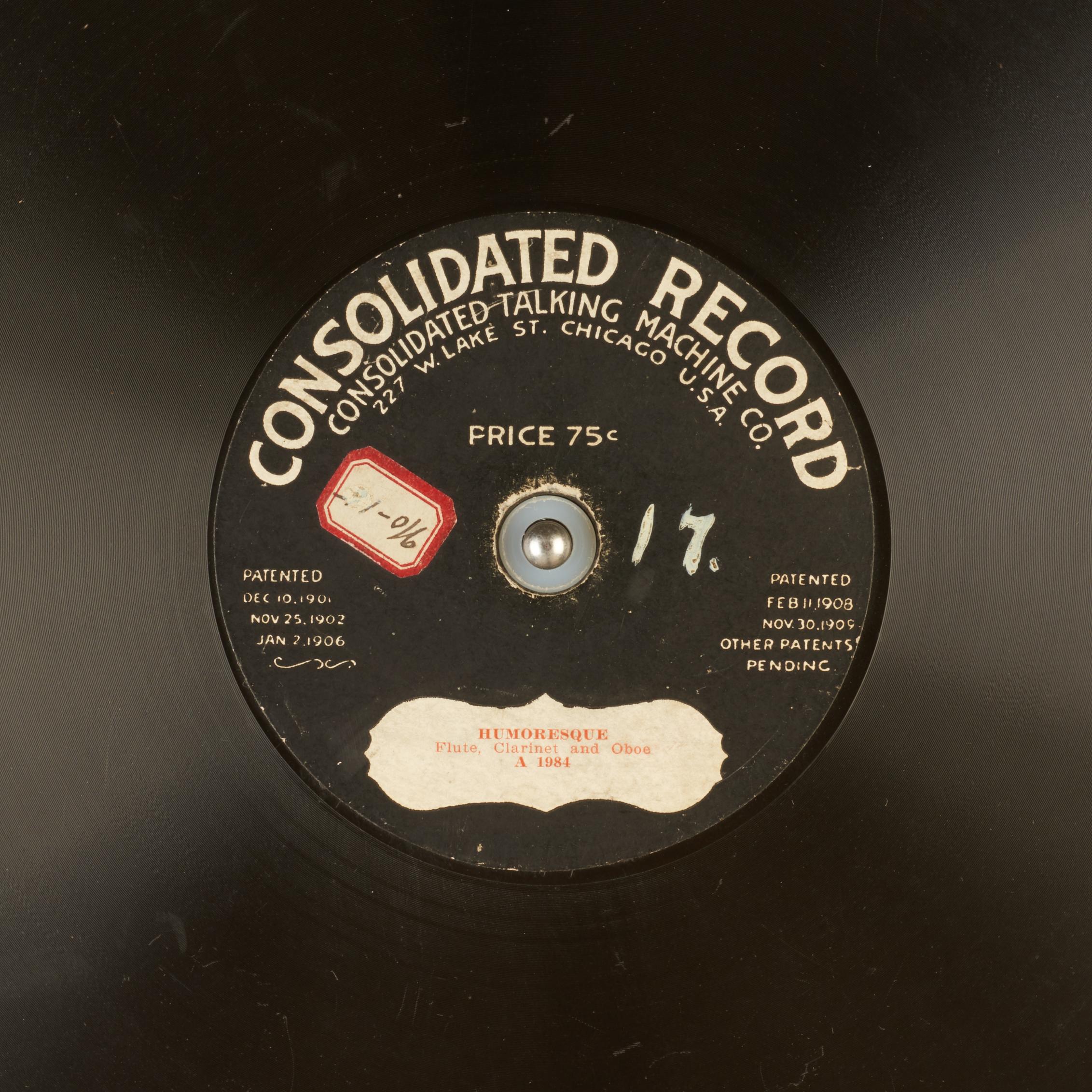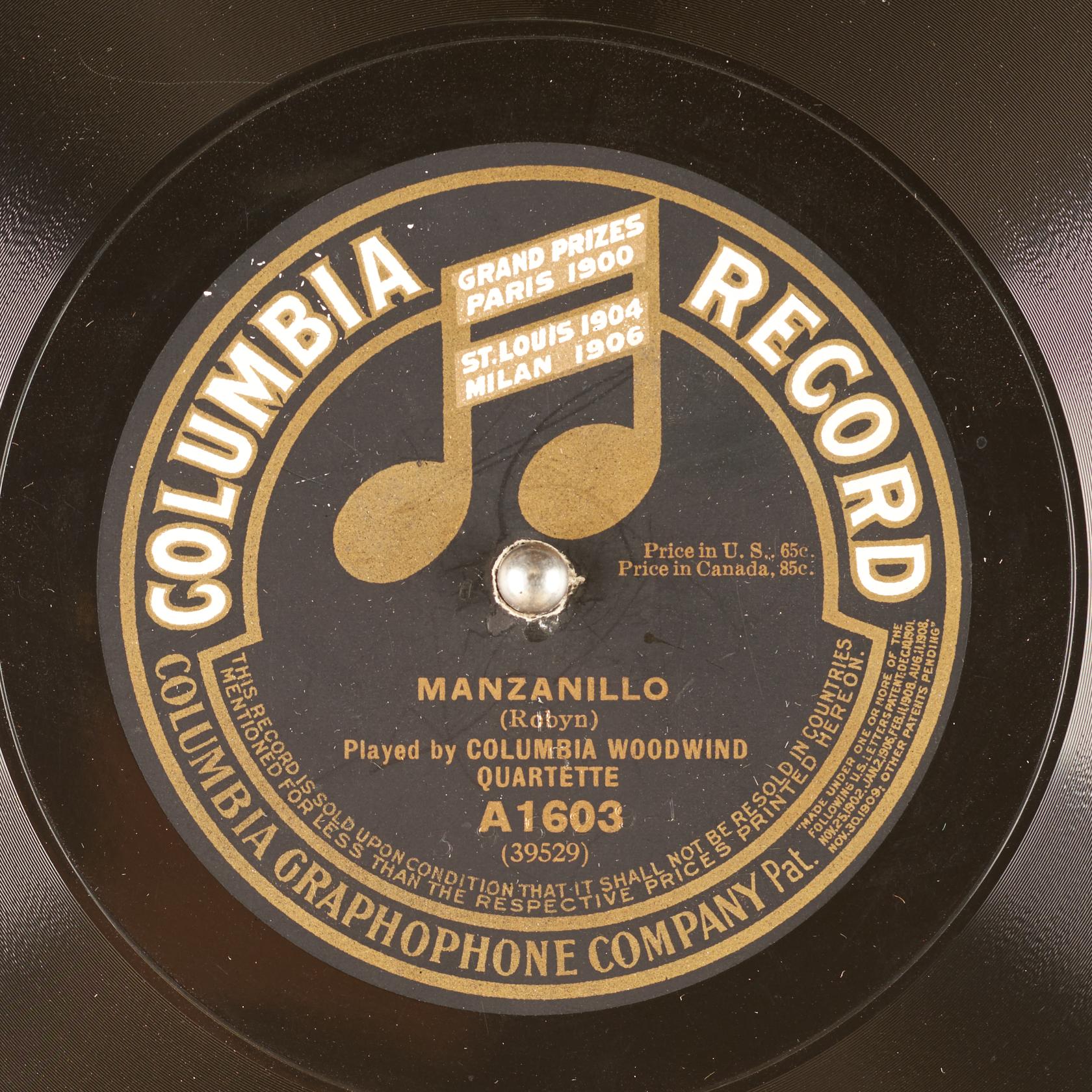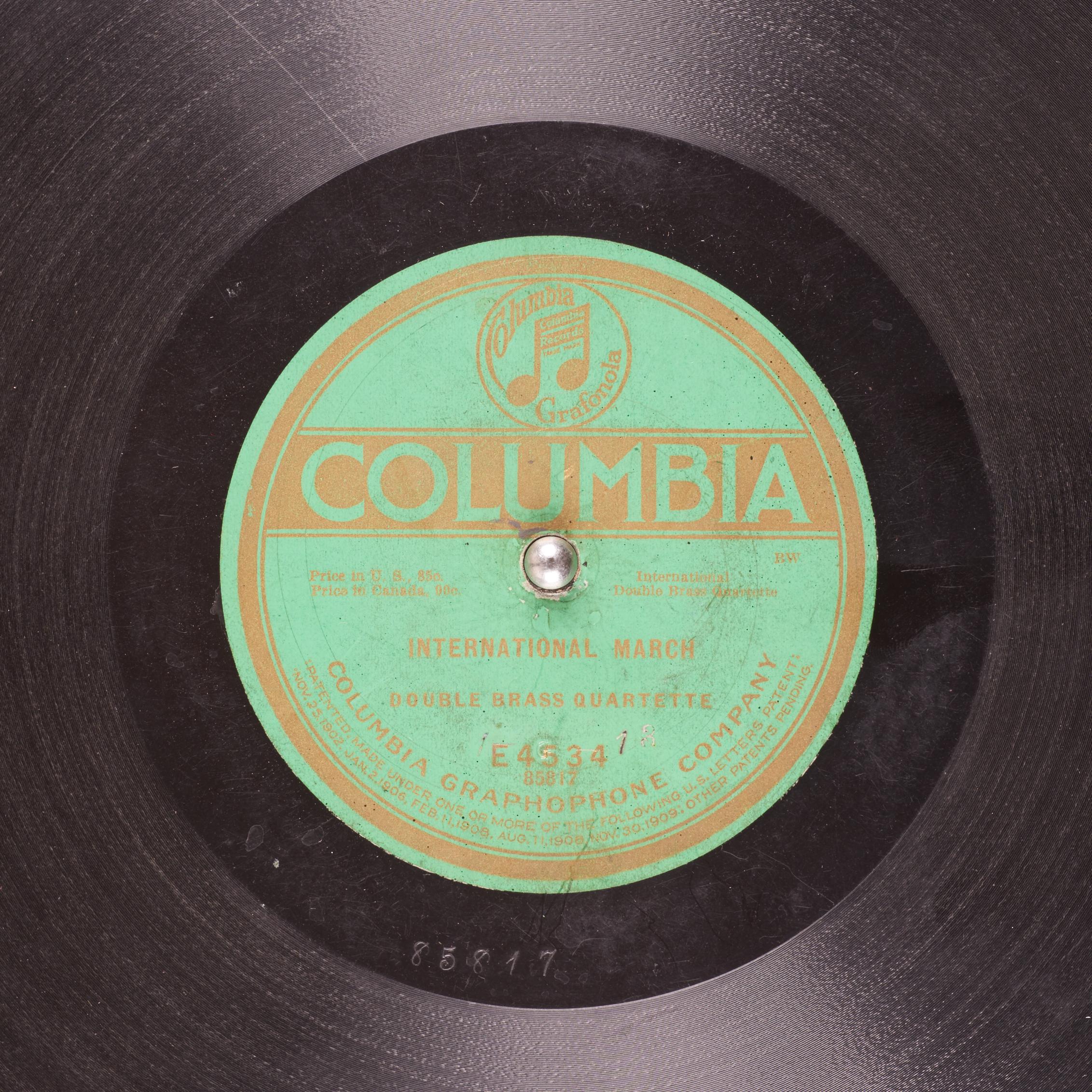

Zero-Shot Blind Audio Bandwidth Extension
Eloi Moliner, Filip Elvander and Vesa Välimäki
Companion page for a journal article submitted to IEEE Transactions on Audio, Speech, and Language Processing
The article can be accessed here.
Abstract
Audio Bandwidth Extension involves the realistic reconstruction of high-frequency spectra from bandlimited observations. In cases where the lowpass degradation is unknown, such as in restoring historical audio recordings, this becomes a blind problem. This paper introduces a novel method called BABE (Blind Audio Bandwidth Extension) that addresses the blind problem in a zero-shot setting, leveraging the generative priors of a pretrained unconditional diffusion model. During the inference process, BABE utilizes a generalized version of diffusion posterior sampling, where the degradation operator is unknown but parameterized and inferred iteratively. The performance of the proposed method is evaluated using objective and subjective metrics, and the results show that BABE surpasses state-of-the-art blind bandwidth extension baselines and achieves competitive performance compared to non-blind filter-informed methods when tested with synthetic data. Moreover, BABE exhibits robust generalization capabilities when enhancing real historical recordings, effectively reconstructing the missing high-frequency content while maintaining coherence with the original recording. Subjective preference tests confirm that BABE significantly improves audio quality of historical music recordings.
Listening test examples
Lowpass filtered piano recordings (\(f_c\) = 1 kHz)
Example 1
Example 2
Example 3
Example 4
Example 5
Example 6
Example 7
Example 8
Lowpass filtered piano recordings (\(f_c\) = 3 kHz)
Example 1
Example 2
Example 3
Example 4
Example 5
Example 6
Example 7
Example 8
Real historical piano recordings
Example 1
Example 2
Example 3
example 4
Audio Restoration Examples
Piano
| Title | ID | Performer | Composer | Year |
|---|---|---|---|---|
| Etude in G Sharp Minor | Victrola (917-B) | Ignace Jan Paderewski | Chopin | 1923 |
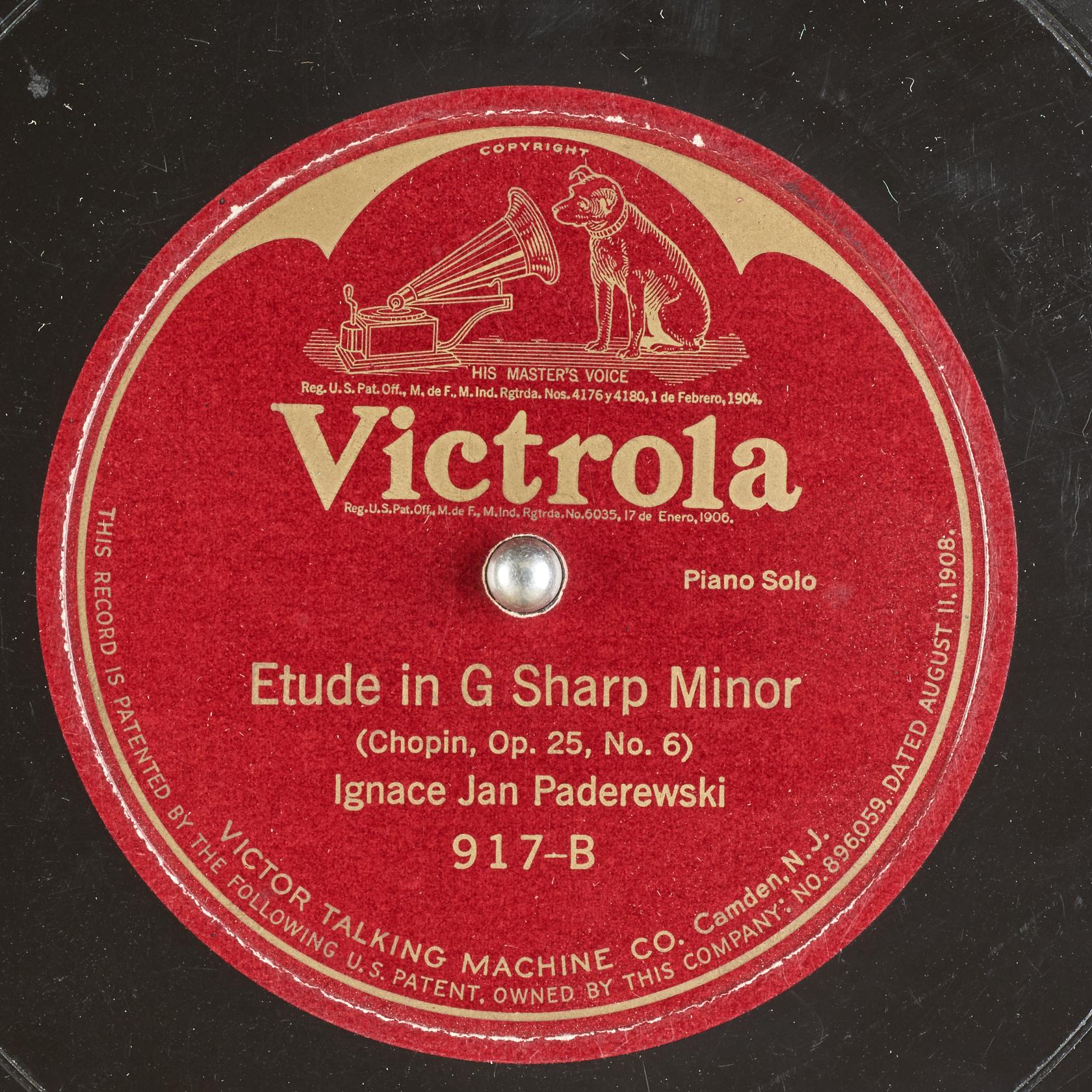
| Title | ID | Performer | Composer | Year |
|---|---|---|---|---|
| Etude in F Minor | Victrola (66059) | Sergei Rachmaninoff | E. Donagnyi | 1921 |
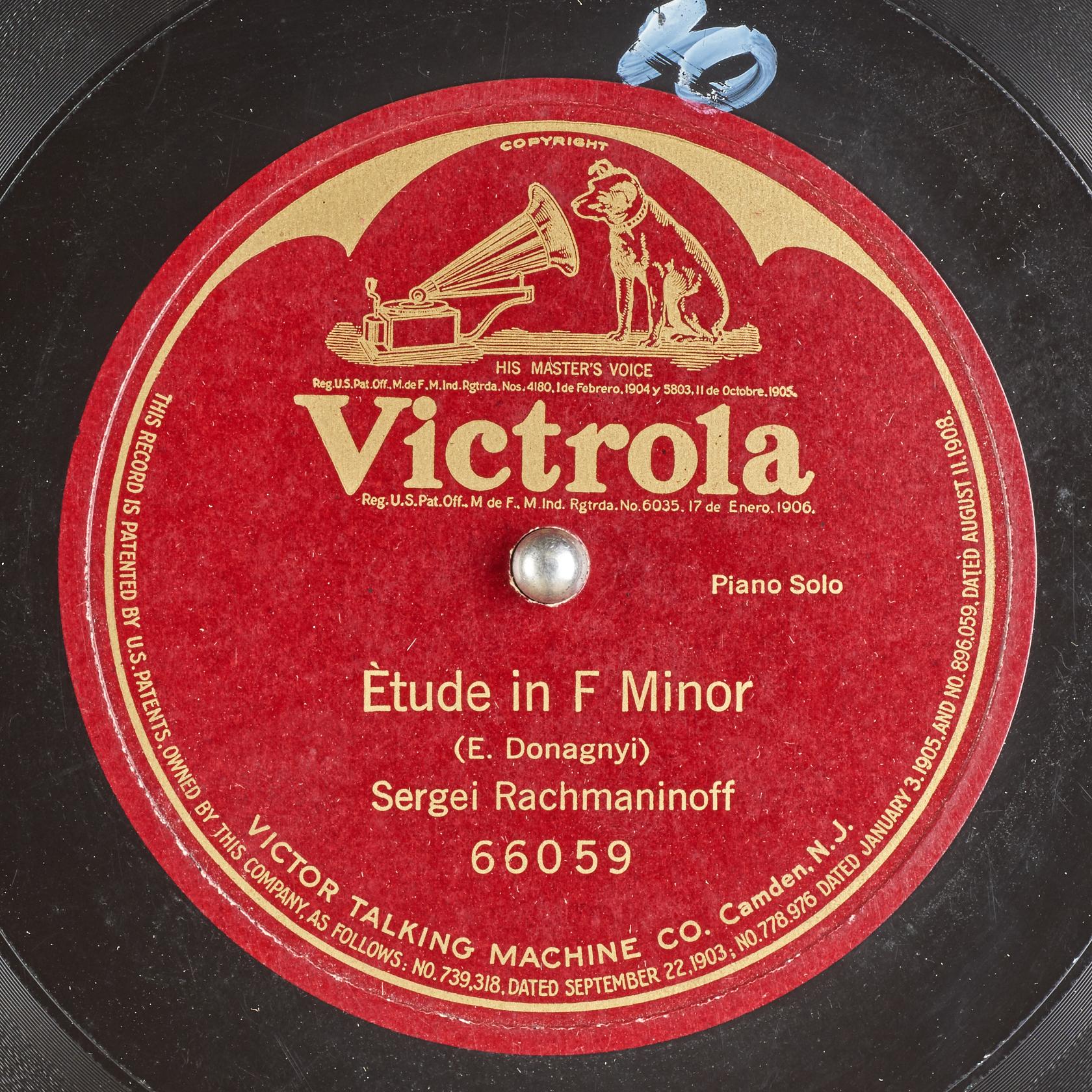
Strings
| Title | ID | Performer | Composer | Year |
|---|---|---|---|---|
| Canzonetta (From String Quartet in E Flat) | Victrola (626-B) | Flonzaley Quartet; Adolfo Betti; Alfred Pochon; Louis Bailly; Iwan d'Archambeau | Mendelssohn | 1920 |
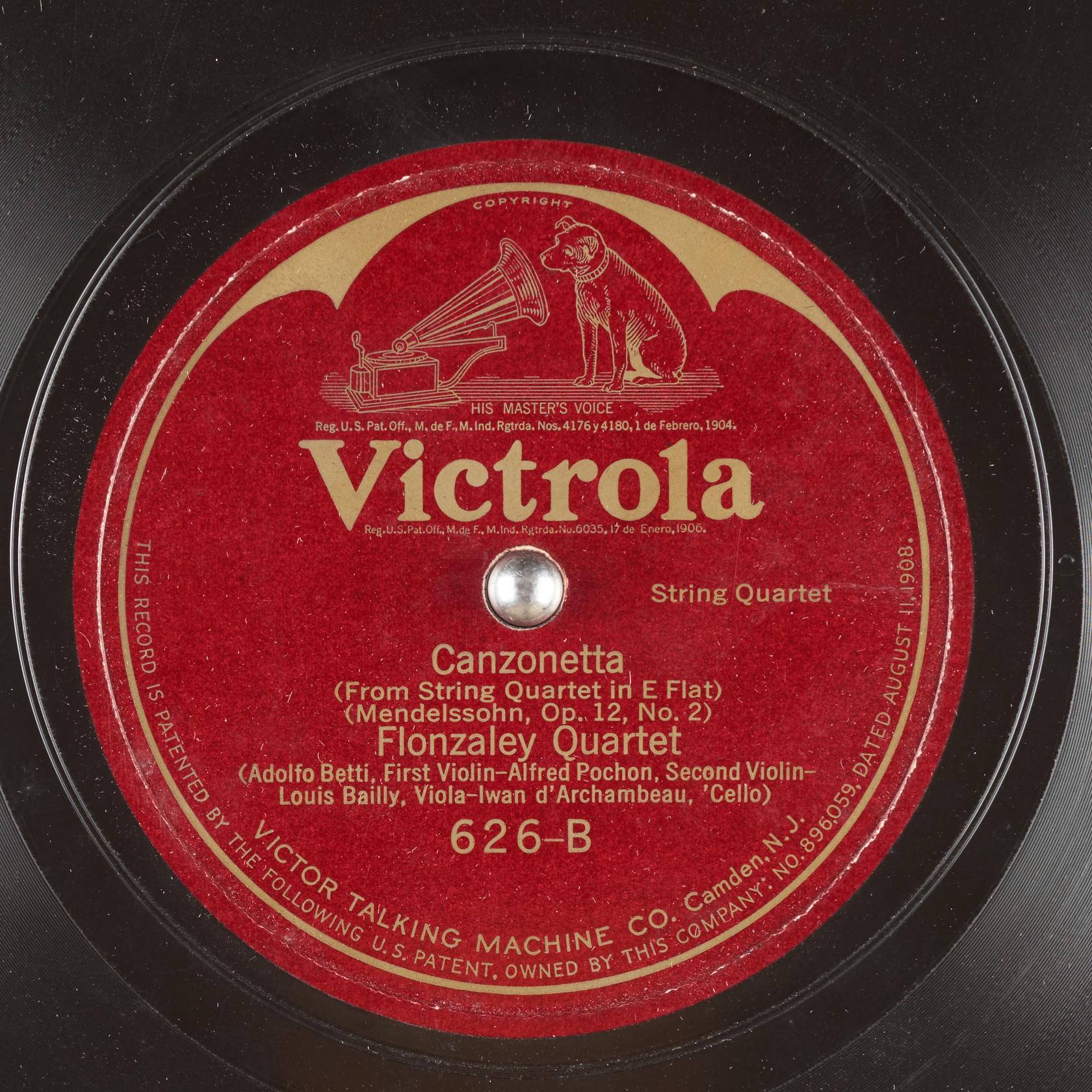
| Title | ID | Performer | Composer | Year |
|---|---|---|---|---|
| Canzonetta (From String Quartet in E Flat) | Victrola (626-B) | Flonzaley Quartet; Adolfo Betti; Alfred Pochon; Louis Bailly; Iwan d'Archambeau | Mendelssohn | 1920 |
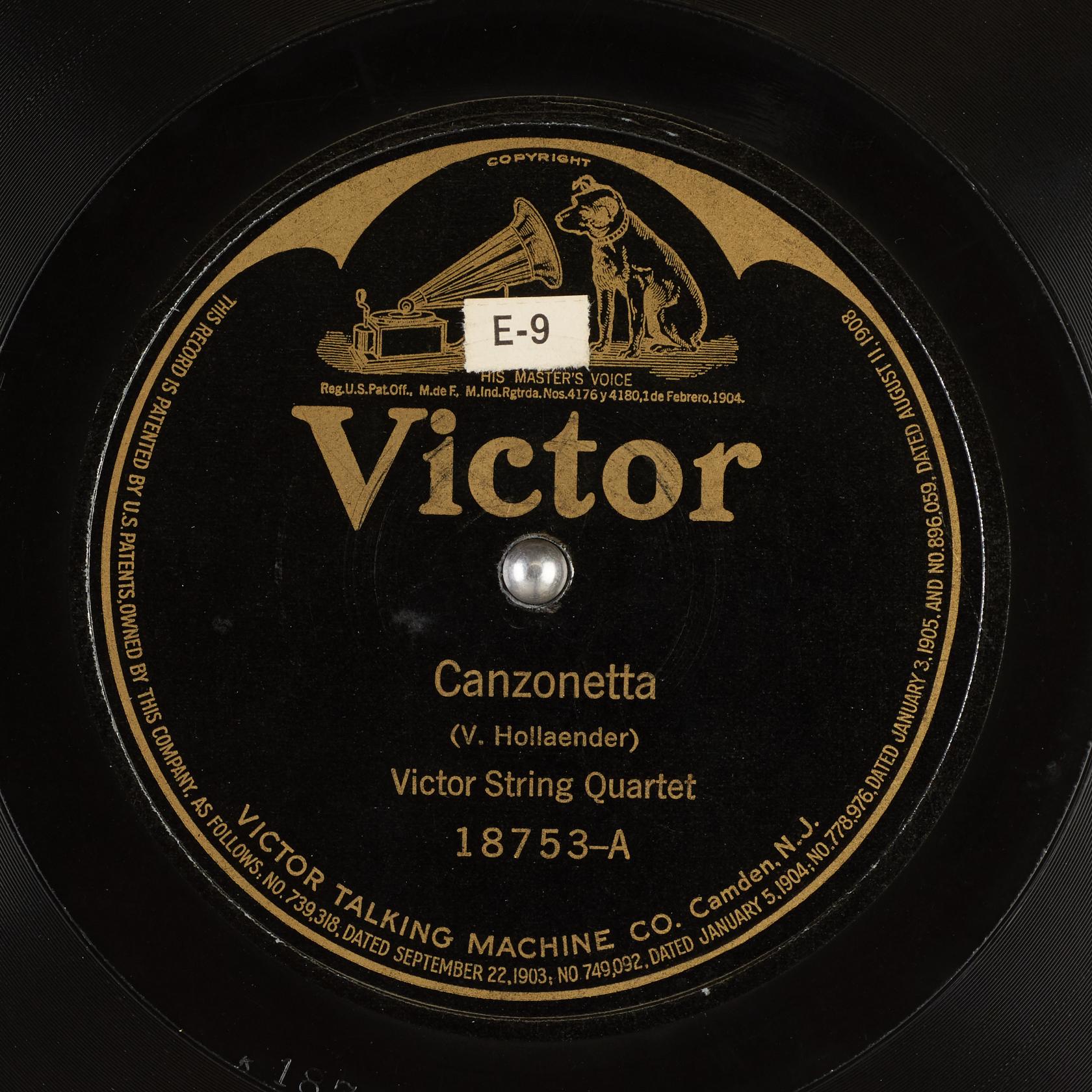
Woodwind
Brass
| Title | ID | Performer | Composer | Year |
|---|---|---|---|---|
| "Old Black Joe"; "Massa's In De Cold, Cold Ground" | Pathe Freres (20489) | JULES LEVY, Jr.'s BRASS QUARTET | Foster | 1921 |
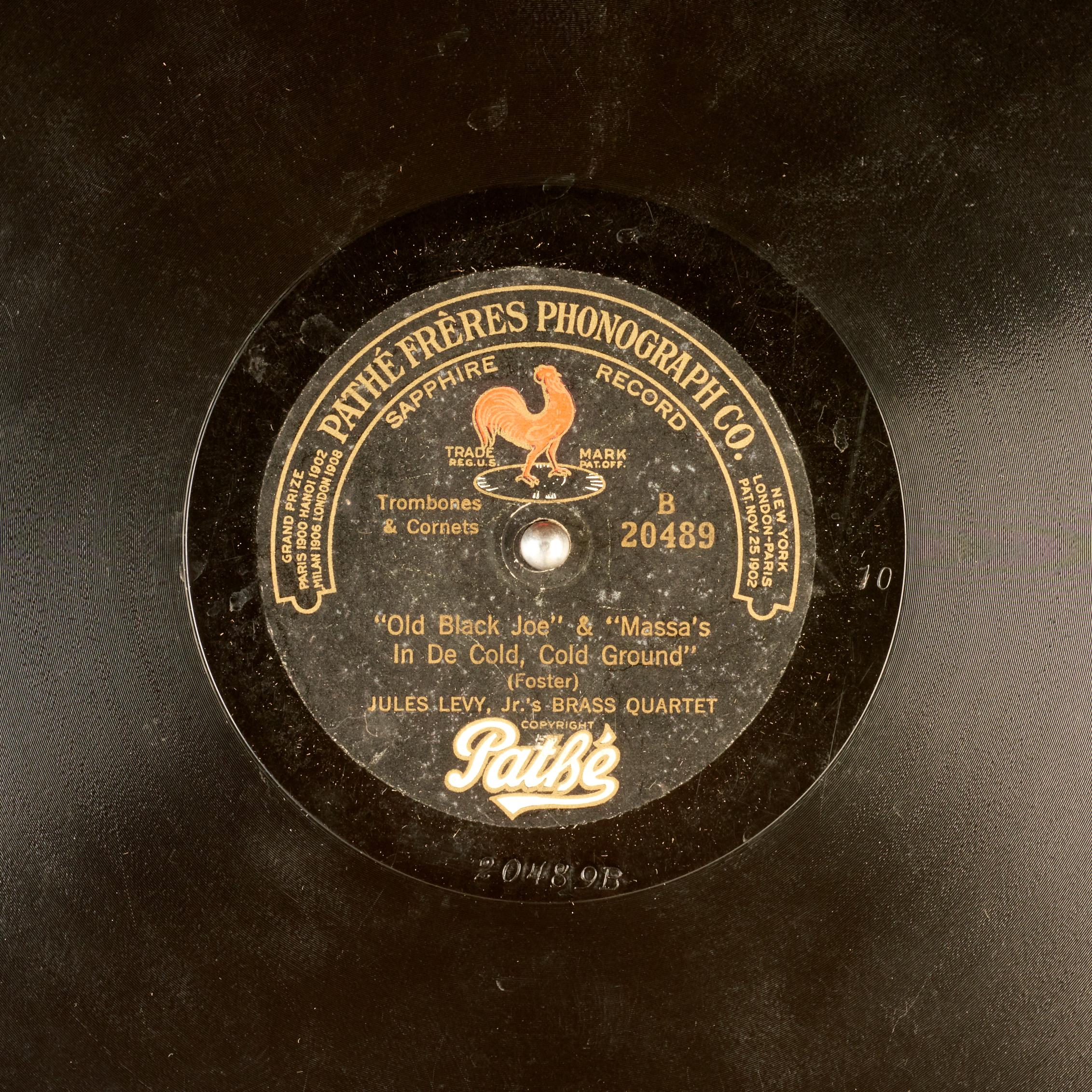
On the importance of guidance
We investigate the significance of reconstruction guidance by contrasting it with an unrestricted refinement approach. This ablation study utilizes diffusion model that only relies on warm initialization for conditioning, without any additional guidance for the restoration process.
